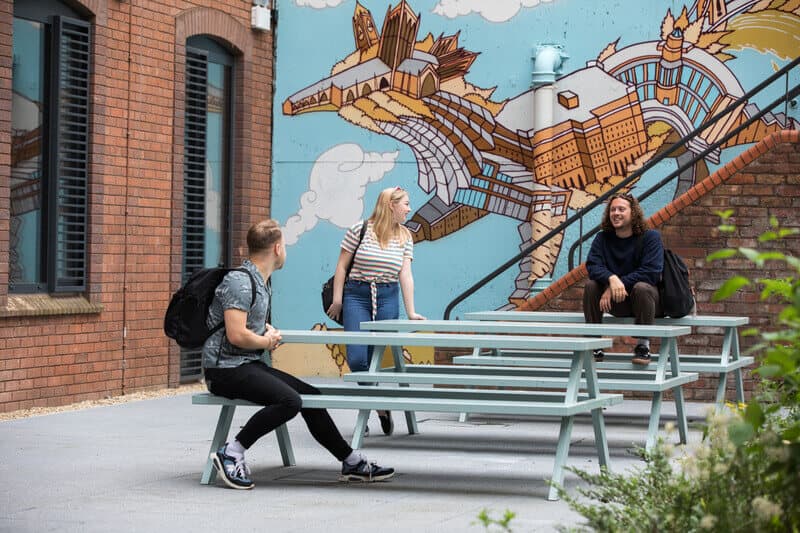How do you keep 75,000 students safe in a pandemic?
30 June 2020
At the beginning of this year, I couldn’t have imagined we’d be here now. Having worked at Unite Students since 2014, our focus for this year was going to be more of the same – continuing to improve our day-to-day health and safety performance, and building on our recent British Safety Council five-star rating.
Over the last few years we have invested heavily in risk management, scenario planning and business continuity, but the crisis we thought most likely for a student accommodation provider – and which we have worked so hard to avoid – was fire. After the 2017 Grenfell tragedy, and more recently the 2019 Cube fire in Bolton, we were understandably inundated with calls from worried students and parents, and learned a lot about crisis communication in the weeks that followed both incidents.
We were much less prepared for the day that paramedics in hazmat suits walked into one of our buildings to take away a student with suspected Covid-19. This was terrifying for the team and the other students in the building, especially because we knew much less about the disease then than we do now. It’s hard to believe it was only a few short months ago.
We did know that it was important to remain calm, offer support to those affected, and provide clear, proactive and reassuring communications to the many people who were looking to us for answers. Even at that stage, I think we also knew that this was more than a short-term crisis. We realised we were going to have to call very heavily on our business continuity expertise, and to rethink everything we do if we wanted to continue offering a safe place to work for our teams and a safe, comfortable home for students.
Many teams across the business worked together to support students as they self-isolated, looked for answers or, in many cases, left their accommodation altogether. This culminated in our early decision to cancel final rent payments for all students who wanted to leave.
My team’s focus was on our 1,400 employees. I firmly believe that if our team members feel safe, they will have the reassurance and confidence to keep students safe and well. A huge amount of information came from Government and Public Health England, but it was very general and being constantly updated, so it was difficult for our teams to know what they needed to do on a day-to-day basis.
We turned all this information into a Handbook, an Operational Guidance document, a Risk Assessment tool and a factsheet. This not only helped our employees do the right things, but meant they were able to give better information to students, to reassure them and explain what we were doing to keep them safe. It also helped to set out clear expectations for our teams, turning what they would hear on the news into a company stance or policy.
In December last year, we achieved a five star rating on the British Safety Council’s (BSC) occupational health and safety audit – the culmination of at least three years’ work by everyone in the organisation. However, four months on and the world had changed completely, so we worked towards, and achieved, the BSC’s COVID Secure assessment based on the controls we had put in place and the strength of our policies and procedures.
“Safe and secure” is a promise we make to students and our employees, as we believe it’s their right and the bedrock of a good experience. We’re confident now that we can deliver on this promise, even through the current pandemic. But we were also very conscious that students were exhausted from months of disruption and anxious about the future. They needed to have a clear picture of what things would look like in the new academic year and, as well as reassuring them about safety, this also had to feel a bit like ‘normal’ student life.
Throughout all of this we have tried not to compromise on the student experience, for example we spent time choosing a colour scheme for our social distancing signage that would be clear but wouldn’t scream “emergency” and wouldn’t look out of place in a home. Our plans also encompass the transition to living away from home, arrival and welcome, social connection and events, and wellbeing. You can find an overview of these plans here.
Keeping 75,000 students and 1,400 employees safe is no easy job even at the best of times. During a global pandemic when the whole world is thrown into confusion it’s especially tough, but that’s when it’s most important.
Tagged:

